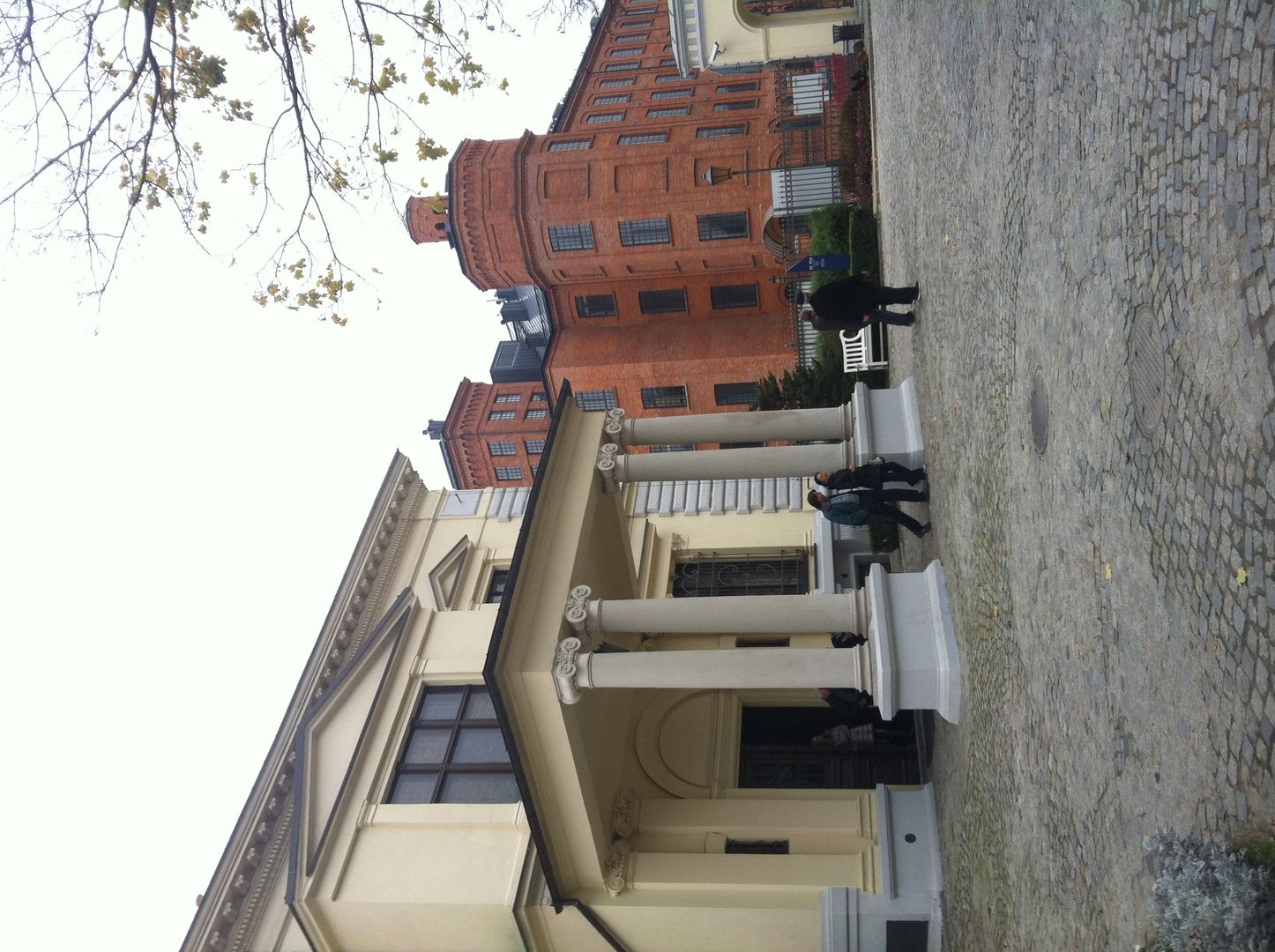Edward Herbst's Villa in Łódź
7.02

Overview
The Edward Herbst Villa, known as the Herbst Palace Museum, is a neo-Renaissance residence located in Łódź, built between 1875 and 1877, likely designed by Hilary Majewski. It was commissioned for Matylda Zofia Scheibler, daughter of the renowned industrialist Karol Scheibler, and her husband Edward Herbst. The two-story building features a rectangular floor plan with a hipped roof and a distinctive four-column portico. In 1877, a ballroom and a utility annex were added, followed by an additional utility building designed by Adolf Zeligson in 1893. The villa's interiors were characterized by spacious and representative decorations on the ground floor, while the upper floor, intended for the family, featured more modest decor. The villa remained in the Herbst family's hands until the end of 1941, after which it changed hands multiple times, leading to its deterioration. After the war, it was repurposed as a Training Center for Nursery Staff, a kindergarten, and other institutions, suffering significant damage, particularly due to improper use. The Museum of Art in Łódź took over the property in 1976, and after a thorough reconstruction in the 1980s, opened a museum branch showcasing interiors typical of Łódź's industrial elite. In 1990, the Museum of Art received the Europa Nostra medal for restoring the villa to its former glory, and in 2012, the Gallery of Old Art was opened. After a nearly two-year renovation in 2013, the Herbst Palace Museum unveiled a new exhibition and a reconstructed winter garden. The villa is not only an example of splendid neo-Renaissance architecture but also an important site in Łódź's history, bearing witness to the social and cultural changes in the region. An interesting fact is the portrait of Aleksandra Herbst, wife of Leon, which symbolically returned to the villa in 2013, evoking memories of its former owners.
Location
Tickets
Powered by GetYourGuide
2025 Wizytor | All Rights Reserved